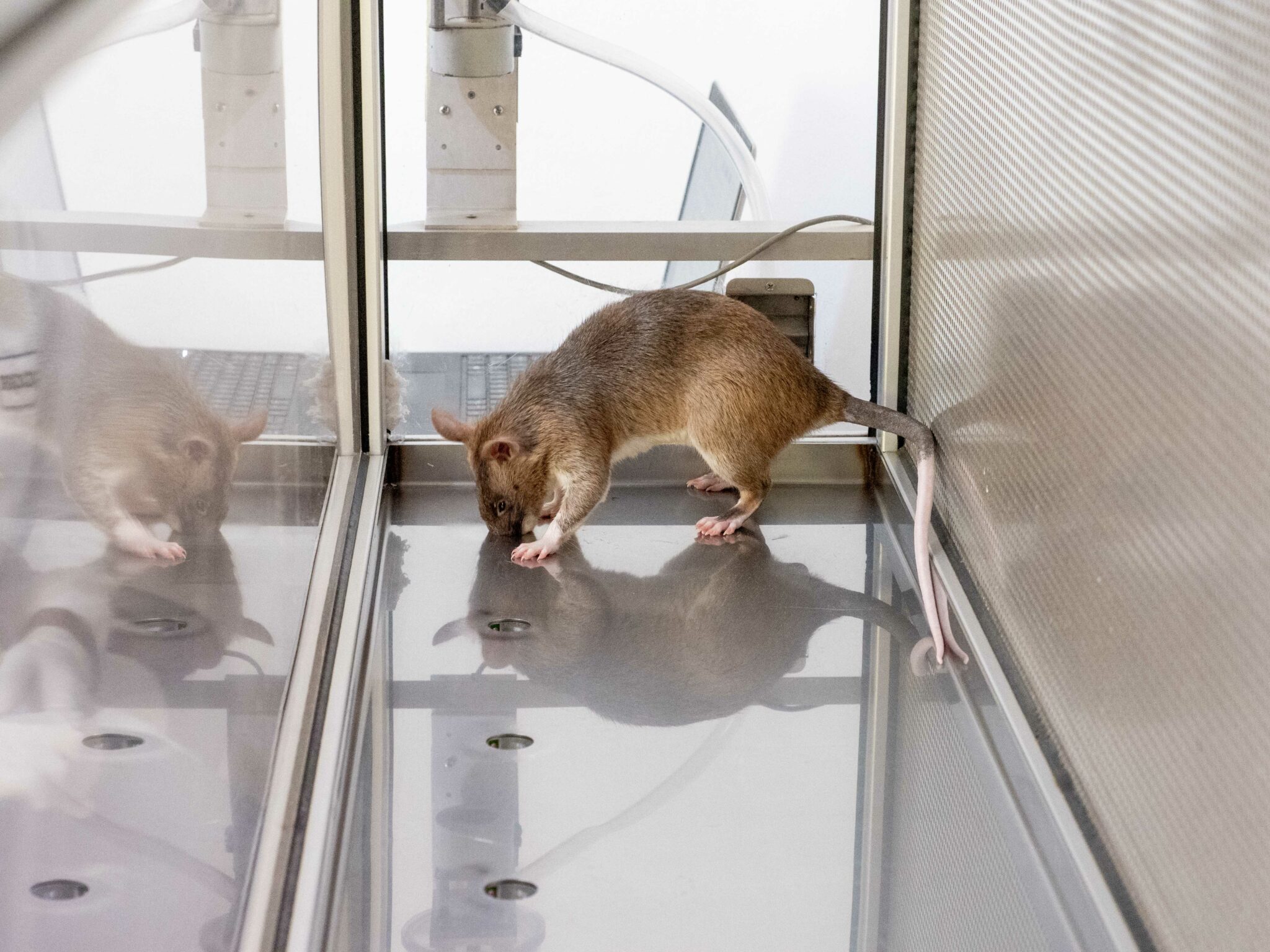On March 24, we mark World TB Day to raise awareness and rally global efforts to end tuberculosis (TB), the world’s deadliest infectious disease. TB still affects millions, with devastating health, social, and economic consequences.
Despite being a preventable and treatable disease, tuberculosis (TB) remains a leading cause of death worldwide. In 2023, an estimated 1.25 million people died from TB, including 161,000 among people living with HIV. This underlines the critical need for intensified global efforts to combat this deadly disease. The World Health Organization (WHO) reports that TB is most prevalent in South-East Asia, Africa and the Western Pacific. The high incidence of TB in these regions is closely linked to factors such as poverty, overcrowding, and malnutrition.
But there is hope. The theme of World TB Day for 2025, “Yes! We Can End TB: Commit, Invest, Deliver,” is a call to action, urging world leaders, organizations, and communities to take decisive steps toward eliminating TB. This year, we reflect on the commitments made by world leaders, the urgent need for investment in TB prevention and treatment, and how APOPO’s innovative TB detection program using trained detection rats is accelerating diagnosis and saving lives. We also examine the threat posed by recent U.S. funding cuts and why sustained investment is more critical than ever.
Commitment, Investment, and Delivery
The World Health Organization (WHO) has emphasized that ending TB requires real commitments. At the 2023 UN High-Level Meeting, world leaders pledged to accelerate efforts to eliminate TB. Now, these commitments must translate into action: implementation of WHO policies at a national level, stronger national TB strategies, and full funding to meet global TB targets.
On the investment side, TB cannot be eliminated without adequate financing. A diverse approach is needed to fund new technologies, expand access to TB prevention and treatment, and advance research to combat the disease.
For delivery, commitments must turn into measurable action. Scaling up WHO-recommended TB interventions — such as early detection, diagnosis, and high-quality treatment — is key, especially in tackling drug-resistant TB. Success depends on community leadership, civil society engagement, and cross-sector collaboration.
APOPO’s Role in TB Detection
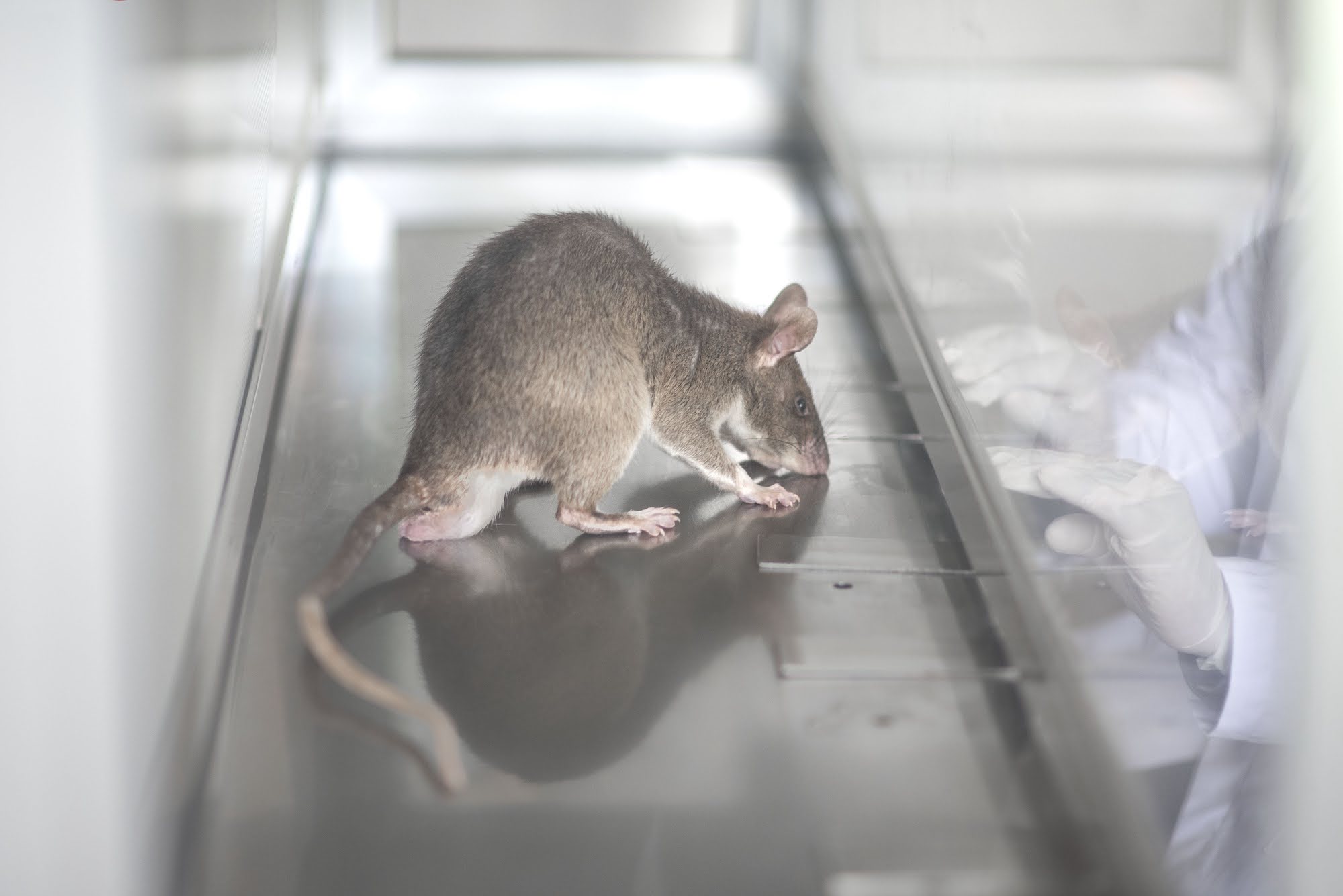
Since 2007, APOPO has been researching the use of African giant pouched rats (Cricetomys ansorgei) for TB screening in Tanzania, Mozambique, and Ethiopia. Our unique approach supports international initiatives and the End TB Strategy, helping to accelerate TB detection and link more patients to treatment. Training takes place on the grounds of, and supported by the Sokoine University of Agriculture, in Morogoro, Tanzania.
“One TB detection rat can screen 100 samples in under 20 minutes. This could take a lab technician in a partner clinic up to four days.” — Dr. Tefera Agizew, Head of TB at APOPO
At APOPO, we confirm all rat TB-positive findings in our own lab before notifying partner clinics, ensuring that patients can start treatment as soon as possible.
APOPO’s Impact
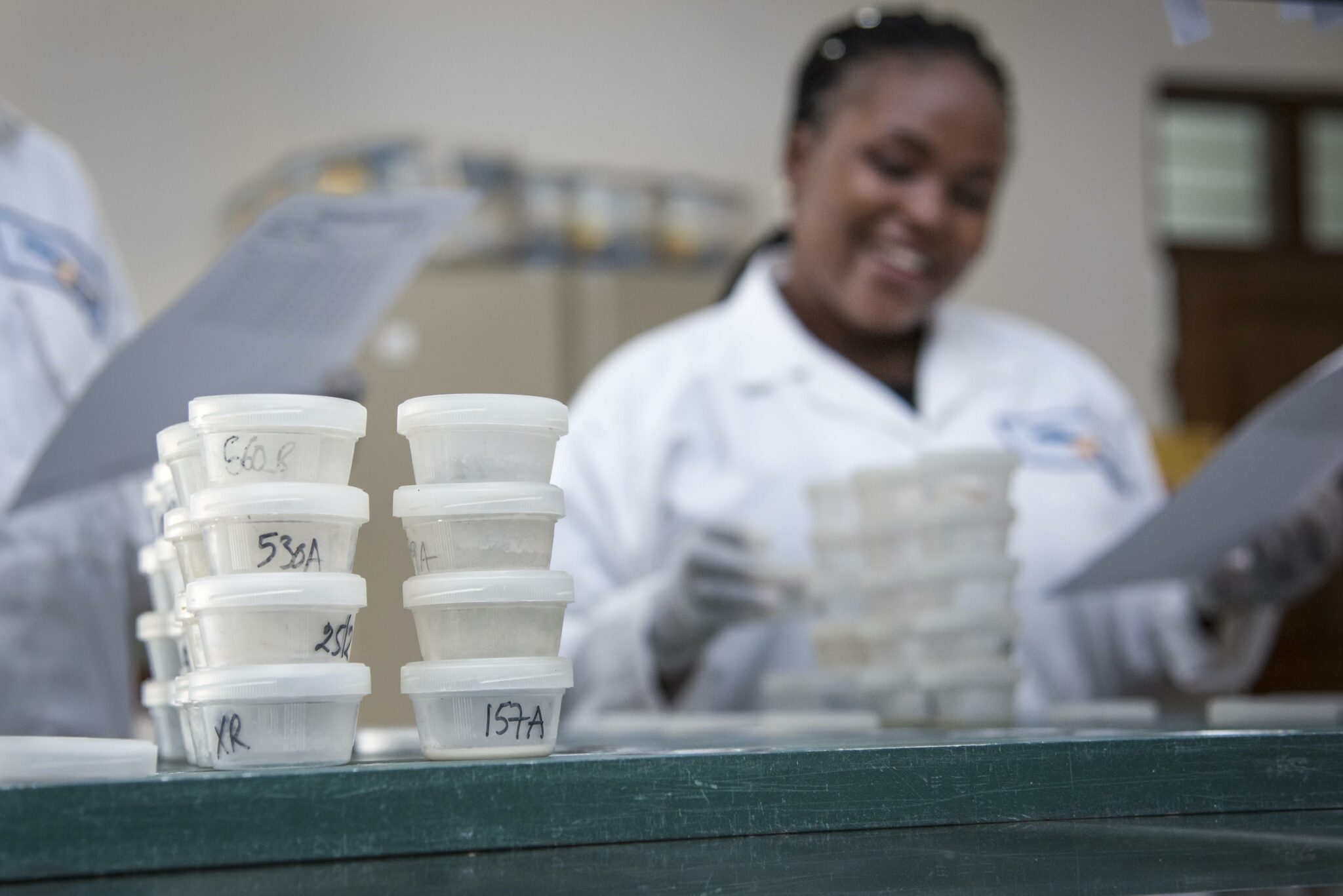
By the end of 2024, APOPO’s TB detection rats had screened 1,029,673 sputum samples collected from 629,952 presumptive TB patients. They helped identify 32,455 additional TB cases that had initially been missed by routine TB screening in local clinics.
According to the WHO, one individual with active pulmonary TB can infect up to 15 people per year. By identifying TB cases and linking patients to treatment, APOPO has helped avert an estimated 389,460 possible new infections.
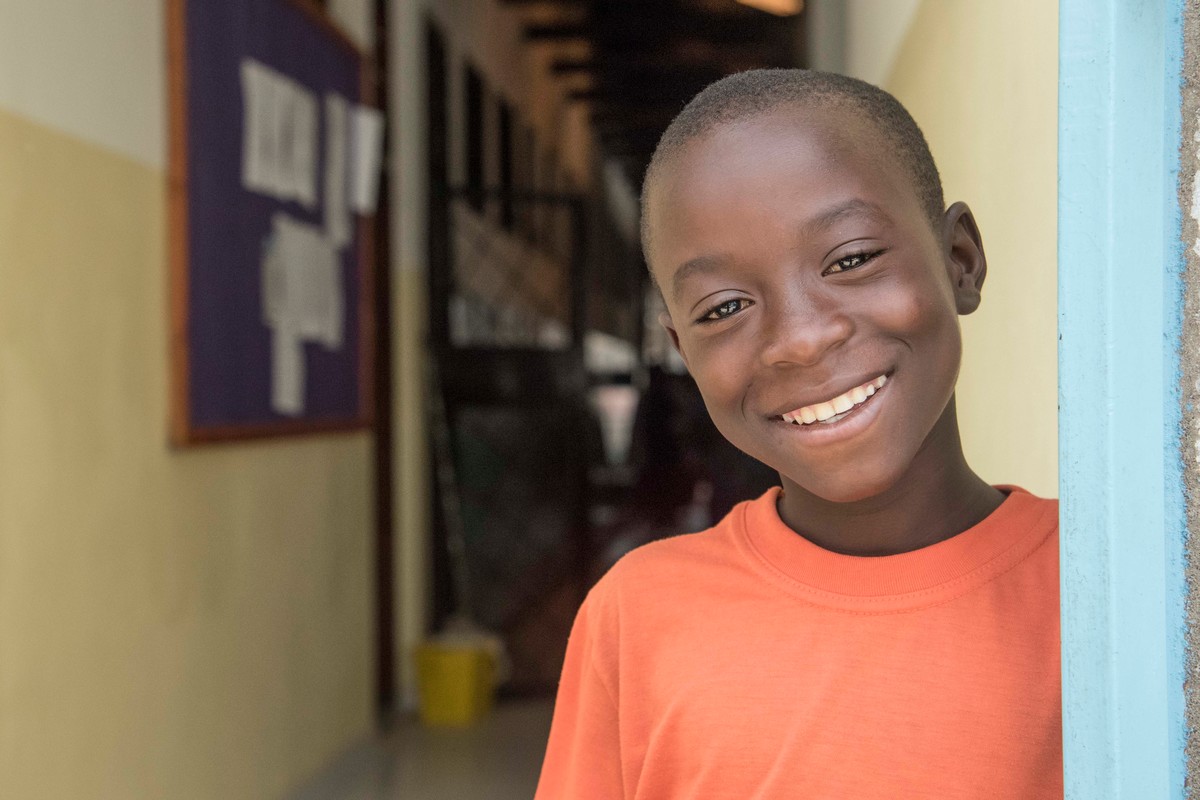
Our research has also revealed that the rats are particularly sensitive to detecting TB in children’s sputum samples, even when bacterial load is low.
“Rats have shown they are able to detect TB in children more easily than in adults, even when the bacterial load is low. This finding could revolutionize childhood TB detection and treatment.” — Dr. Tefera Agizew, APOPO Head of TB
Scaling Up TB Notification and Diagnostics
TB control strategies in Ethiopia and Tanzania have reduced TB notification rates by 5% annually in recent years (Global Tuberculosis Report 2024). However, to end the TB epidemic by 2035, notification rates must decline by at least 15% annually (Agizew TB, Soka J, Fast CD, Mwimanzi S, Mwesiga G, Edward N, et. al., Increased tuberculosis case detection in Tanzanian children and adults using African giant pouched rats. BMC Infect Dis. 2024 Apr 15;24(1):401. https://doi.org/10.1186/s12879-024-09313-0). Expanding active case finding and TB diagnostics on a larger and more sustainable scale is essential.
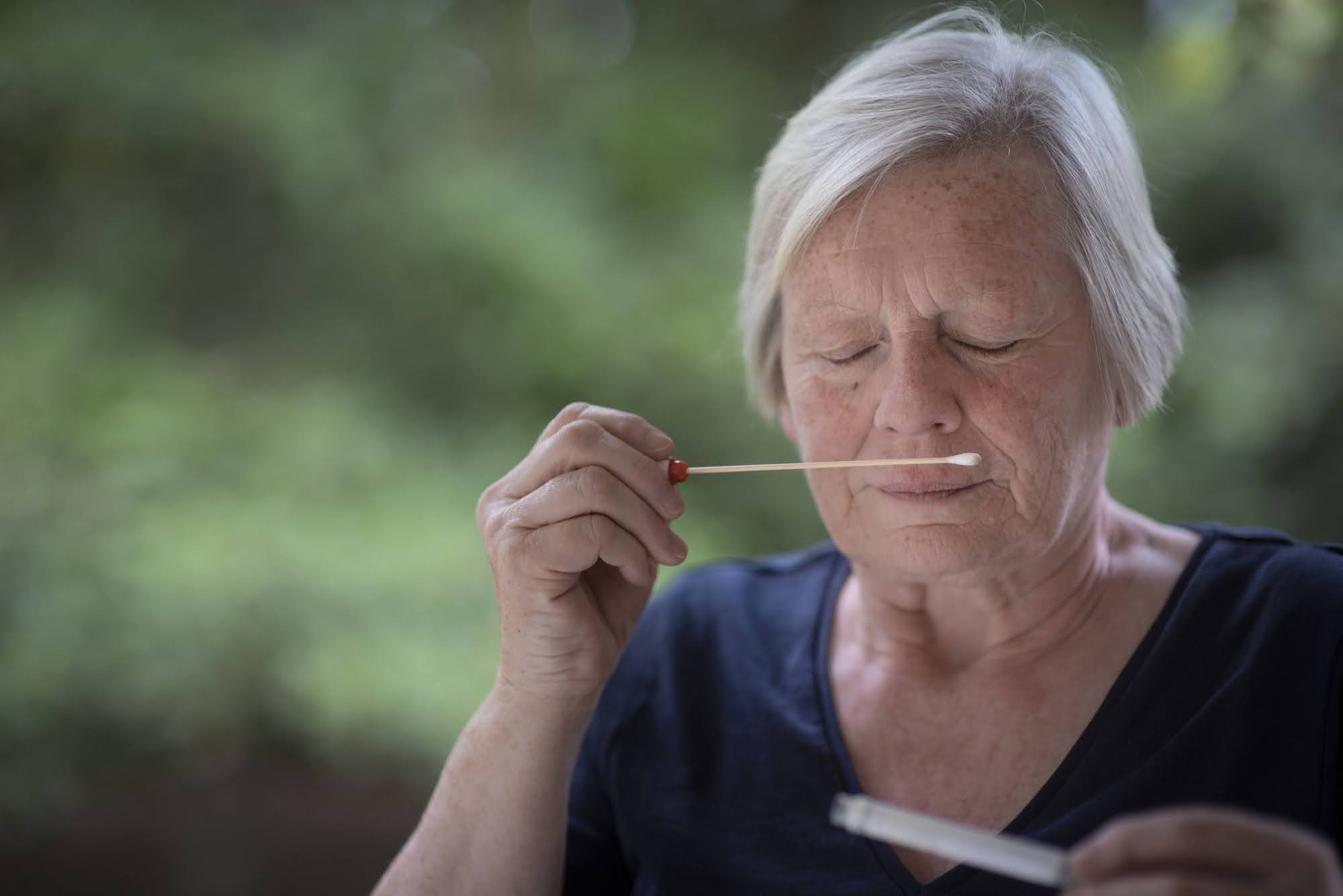
We are also exploring new ways to refine our TB detection methods by testing less invasive, child-friendly sample materials such as sebum, urine, and breath. This research, conducted in partnership with the University of Manchester and another “living biosensor,” Mrs. Joy Milne, could further improve access to TB diagnosis, especially for children.
Threats to Progress: U.S. Funding Cuts
Despite the progress made in global TB detection and treatment, the fight against TB faces major challenges due to U.S. funding cuts.
The WHO recently reported that a US decision to cut $200 to $250 million annually from USAID’s TB response will undo years of progress, putting millions of lives at risk.
“USAID funding helped avert 3.65 million TB-related deaths last year alone.” — WHO report, March 2025
The consequences of these cuts include:
- Disruptions to TB programs in 18 high-burden countries, including Tanzania and Ethiopia, where APOPO operates.
- Reduced availability of frontline healthcare workers, compromising TB screening, diagnosis, and treatment.
- Delays in TB diagnosis and treatment, leading to an increase in preventable deaths.
- Increased strain on national TB control programs, unless funding gaps are covered by other donors.
- Worsening gaps in diagnostic services, leading to even more missed TB cases.
Cost-efficient Solution
In light of these challenges, APOPO’s TB detection methods can play a crucial role in filling the gaps where conventional TB screening is too slow or costly. High TB burden countries should consider collaborating with APOPO to scale up fast, affordable, and effective TB detection.
APOPO provides rapid and low-cost diagnostic services by integrating TB detection rats and working with community-based partners to improve public health. The cost of diagnosis by an APOPO HeroRAT is just $1 plus, versus $2-3 for the smear microscopy and US$ 18 for Xpert testing. APOPO’s approach has not only reduced the cost of diagnosis, but has also helped increase partner clinic detection rates by 48%.
Both APOPO’s TB detection research and services contribute to the goal of ending the TB epidemic by 2030 (SDG 3.3).
A Call to Action: Yes! We Can End TB!
2025 is the year of Commitment, Investment, and Delivery. The second UN High-Level Meeting on TB in 2023 called for stronger political commitment. Now, it is time to turn these promises into action.
APOPO is committed to supporting global TB detection efforts through research, innovation, and collaboration. You can help by making a donation to support our life-saving work or by adopting Tamasha, one of our TB detection rats, to directly contribute to early diagnosis and treatment.
You can help by adopting TB-detection rat Tamasha and contribute towards ending TB
APOPO is deeply grateful for the support and generosity of our partners and donors over the years including the health authorities in the countries it works.

